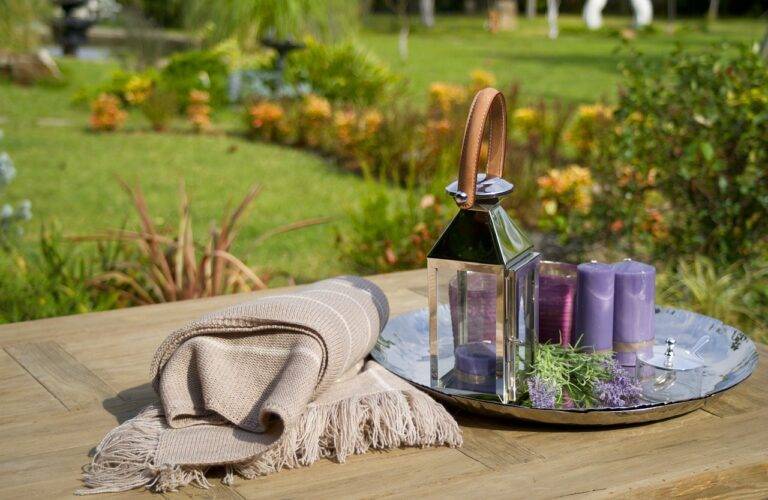How to Choose Energy-Efficient Lighting for Your Home: Bright Ideas for Savings
LEDs, or Light Emitting Diodes, are a popular choice for energy-efficient lighting. These lights use significantly less energy than traditional incandescent bulbs and can last much longer. LEDs are available in various shapes and sizes, making them versatile for different applications and environments. They are also known for producing less heat, making them a safer option for both residential and commercial spaces.
Another energy-efficient lighting option is CFLs, or Compact Fluorescent Lights. CFLs are known for their energy efficiency and longevity, as they typically last much longer than traditional incandescent bulbs. Although they may take a short time to reach full brightness, CFLs are a cost-effective alternative for those looking to reduce their energy consumption and environmental impact. With advancements in technology, CFLs now come in various color temperatures and styles to suit different preferences and lighting needs.
Benefits of Energy-Efficient Lighting
Energy-efficient lighting not only helps reduce electricity bills, but also contributes to a more sustainable environment. By using less energy to produce the same amount of light, energy-efficient lighting options such as LED bulbs or compact fluorescent lamps can significantly lower energy consumption in homes and businesses.
Moreover, energy-efficient lighting has a longer lifespan than traditional incandescent bulbs, leading to fewer replacements and less waste. This not only reduces maintenance costs but also helps in conserving resources. Additionally, energy-efficient lighting emits less heat, making it a safer option for homes and reducing the strain on cooling systems during hot weather.
What are some examples of energy-efficient lighting options?
Some examples of energy-efficient lighting options include LED bulbs, CFL bulbs, and fluorescent tubes.
How can energy-efficient lighting benefit the environment?
Energy-efficient lighting can benefit the environment by reducing energy consumption, lowering greenhouse gas emissions, and decreasing the demand for electricity.
Are energy-efficient lighting options more expensive than traditional lighting options?
Energy-efficient lighting options may have a higher upfront cost, but they often result in long-term cost savings due to their energy efficiency and longer lifespan.
Can energy-efficient lighting improve the quality of light in a room?
Yes, energy-efficient lighting options like LED bulbs can provide a brighter, more consistent light output, which can improve the overall quality of light in a room.
How can I switch to energy-efficient lighting in my home or office?
You can switch to energy-efficient lighting by replacing traditional bulbs with LED or CFL bulbs, using natural light whenever possible, and utilizing smart lighting controls to optimize energy usage.





